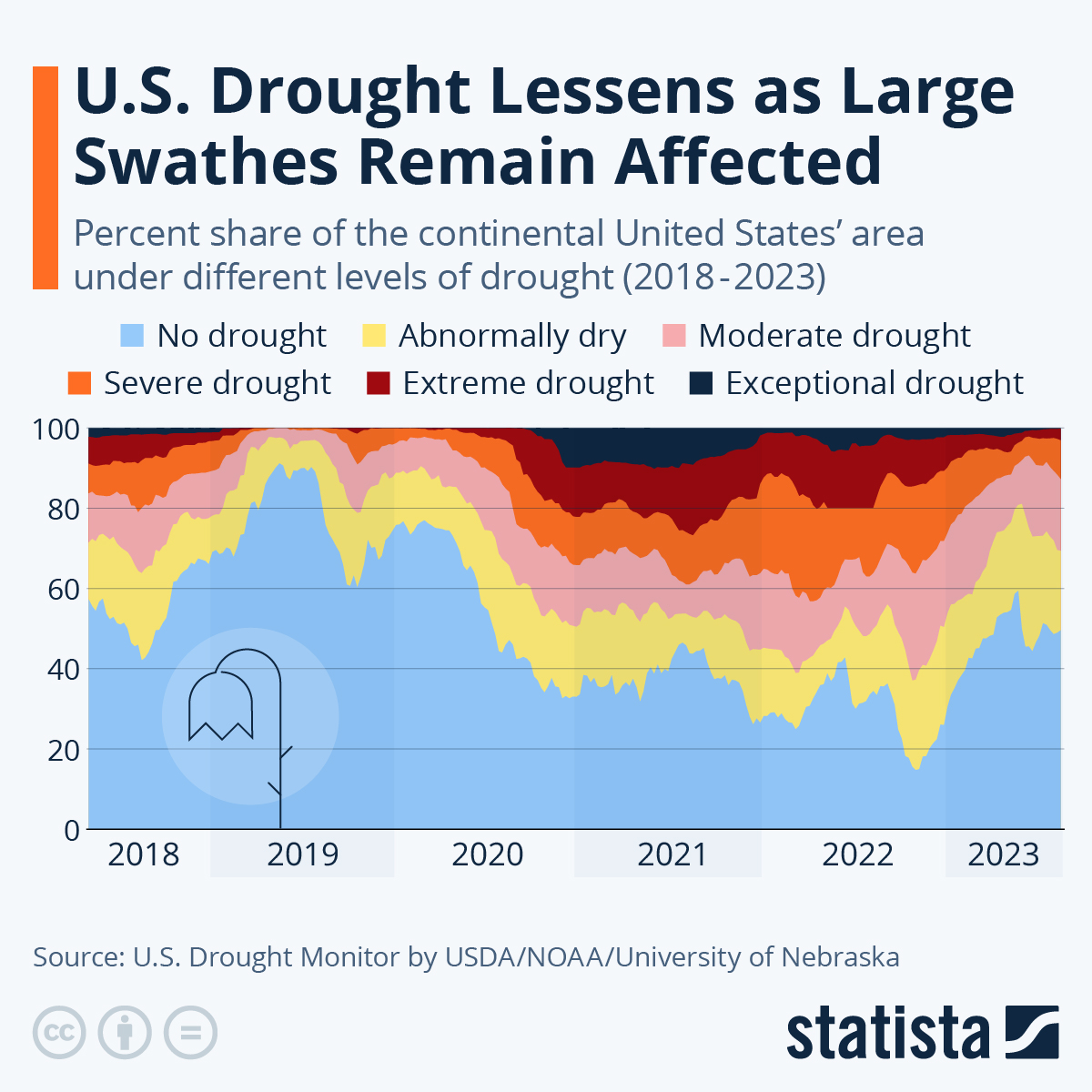### Understanding the Difference Between Federal Subsidized and Unsubsidized Loans: A Comprehensive Guide
The **difference between federal subsidized and unsubsidized loans** is a crucial topic for students navigating the complexities of financing their educatio……
The **difference between federal subsidized and unsubsidized loans** is a crucial topic for students navigating the complexities of financing their education. Federal student loans are a popular choice for many because they offer lower interest rates and flexible repayment options compared to private loans. However, understanding the nuances between subsidized and unsubsidized loans can significantly impact your financial future.
#### What Are Federal Subsidized Loans?
Federal subsidized loans are need-based loans offered to undergraduate students. The key feature of these loans is that the government pays the interest while the borrower is in school at least half-time, during the grace period, and during deferment periods. This means that the total amount you owe upon graduation is less than what you would owe with an unsubsidized loan, as the interest does not accrue during these periods.
#### What Are Federal Unsubsidized Loans?
On the other hand, federal unsubsidized loans are available to both undergraduate and graduate students, and they are not based on financial need. Unlike subsidized loans, interest begins to accrue immediately after the loan is disbursed. This means that even while you are in school, you will be responsible for the interest, which can add up over time. Borrowers have the option to pay the interest while in school or allow it to accumulate and capitalize on the principal amount, which can lead to a higher total repayment amount later.

#### Key Differences Between Federal Subsidized and Unsubsidized Loans
1. **Eligibility**: Subsidized loans are awarded based on financial need, while unsubsidized loans are available to all students regardless of financial circumstances.
2. **Interest Payment**: The government pays the interest on subsidized loans while the borrower is in school and during deferment. In contrast, borrowers of unsubsidized loans are responsible for all interest payments from the time the loan is disbursed.
3. **Loan Limits**: The amount you can borrow through subsidized loans is generally lower than what you can borrow through unsubsidized loans, which may be a consideration for students who need more funding.

4. **Repayment Options**: Both types of loans offer similar repayment options, but the total amount repaid will differ due to the interest accrual on unsubsidized loans.
#### Why Understanding These Differences Matters
Understanding the **difference between federal subsidized and unsubsidized loans** can help students make informed decisions about their education financing. Choosing the right type of loan can save you money in the long run and reduce the financial burden after graduation. For instance, if you qualify for subsidized loans, it’s generally advisable to take advantage of them before considering unsubsidized loans.
#### Conclusion

In conclusion, the **difference between federal subsidized and unsubsidized loans** is significant and can have lasting effects on your financial health. By recognizing the features, benefits, and drawbacks of each loan type, you can make smarter choices about how to finance your education. Whether you are a current student or planning for future education, being well-informed about your options is essential for successful financial planning. Always consider consulting with a financial aid advisor to explore the best options tailored to your specific needs.